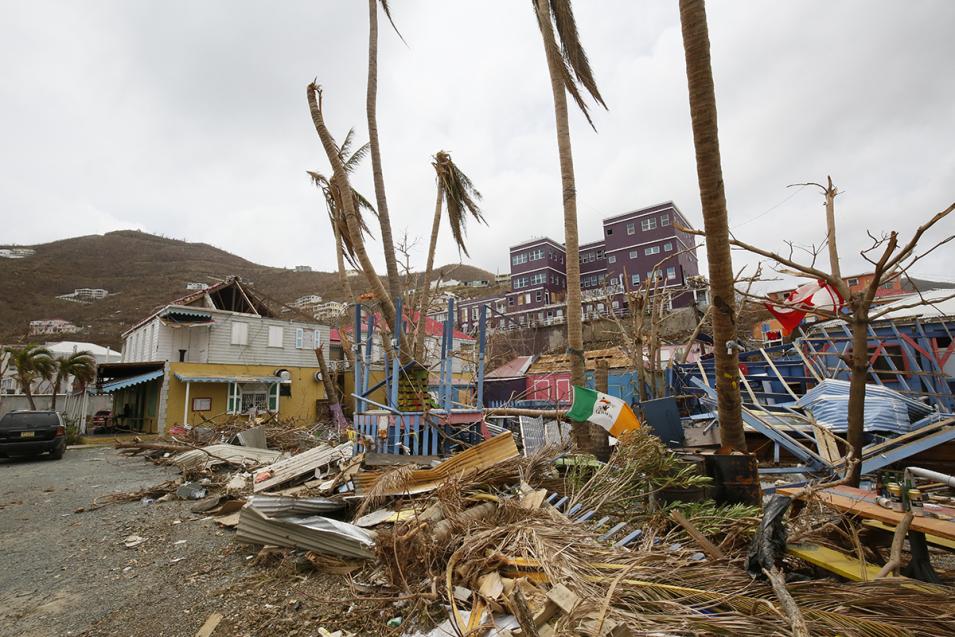Introduction
The 2017 Atlantic hurricane season has already seen ten hurricanes, nine tropical storms, one tropical depression, and one extratropical low large wave, at time of publishing. Notably, this season included Hurricane Irma, which was the strongest hurricane ever recorded in the Atlantic Ocean outside of the Caribbean Sea and Gulf of America. Damage from Irma can be seen in the image below.
Space-based platforms and instruments capture data about Earth’s oceans, atmosphere, and surfaces every day. These data, like those distributed by NASA's Land Processes Distributed Active Archive Center (LP DAAC), can provide meteorologists with an extra eye in the sky to observe how a hurricane formed, where it went, how long it lasted, and how it impacted an area. Data from multiple satellite sources can aid in telling the full story of these storms.
